
Geoplanidae is a family of flatworms known commonly as land planarians or land flatworms.

Geoplaninae is a subfamily of land planarians endemic to the Neotropical region. Members of this family are sometimes referred to as the Neotropical land planarians. However, one species, Obama nungara has been introduced in Europe.
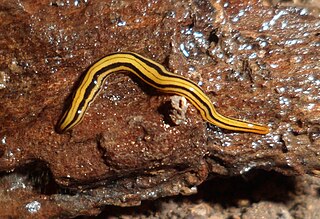
Luteostriata is a genus of land planarians from Brazil characterized by a yellow body with dark longitudinal stripes.

Obama is a genus of land planarians from South America. It contains several species adapted to human-disturbed environments, including the only invasive land planarian native to the Neotropical realm, Obama nungara, which has been accidentally introduced in Europe.

Paraba is a genus of land planarians from South America.

Cratera is a genus of land planarians found in South America.

Pasipha is a genus of land planarians from South America.
Eudóxia Maria Froehlich was a Brazilian zoologist.

Obama ladislavii is a species of Brazilian land planarian in the subfamily Geoplaninae. It is one of the most common land planarians in human-disturbed environments in southern Brazil and is easily identifiable by the green color of its dorsum.

Obama anthropophila is a species of Brazilian land planarian in the subfamily Geoplaninae. It is a very common land planarian in human-disturbed environments in southern and southeastern Brazil.

Obama ficki is a large species of Brazilian land planarian in the subfamily Geoplaninae.

Obama josefi is a species of Brazilian land planarian in the subfamily Geoplaninae.
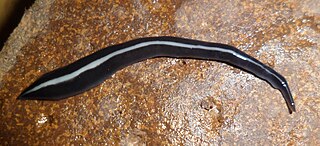
Paraba franciscana is a species of land planarian found in Brazil.

Luteostriata graffi is a species of Brazilian land planarian in the subfamily Geoplaninae.

Luteostriata ernesti is a species of Brazilian land planarian in the subfamily Geoplaninae.
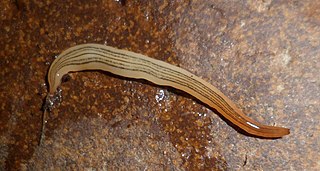
Luteostriata ceciliae is a species of Brazilian land planarian in the subfamily Geoplaninae.
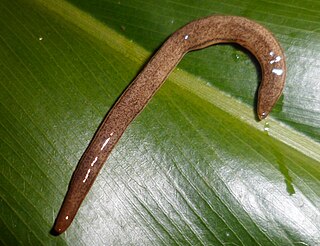
Supramontana irritata is a species of Brazilian land planarian in the subfamily Geoplaninae. It is the type species of the genus Supramontana.
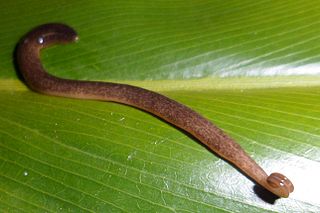
Choeradoplana iheringi is a species of land planarian in the subfamily Geoplaninae found in Brazil.

Geoplanini is a tribe of land planarians in the subfamily Geoplaninae.
Luteostriata subtilis is a species of land planarian belonging to the subfamily Geoplaninae. It is known from specimens found in Brazil.


















